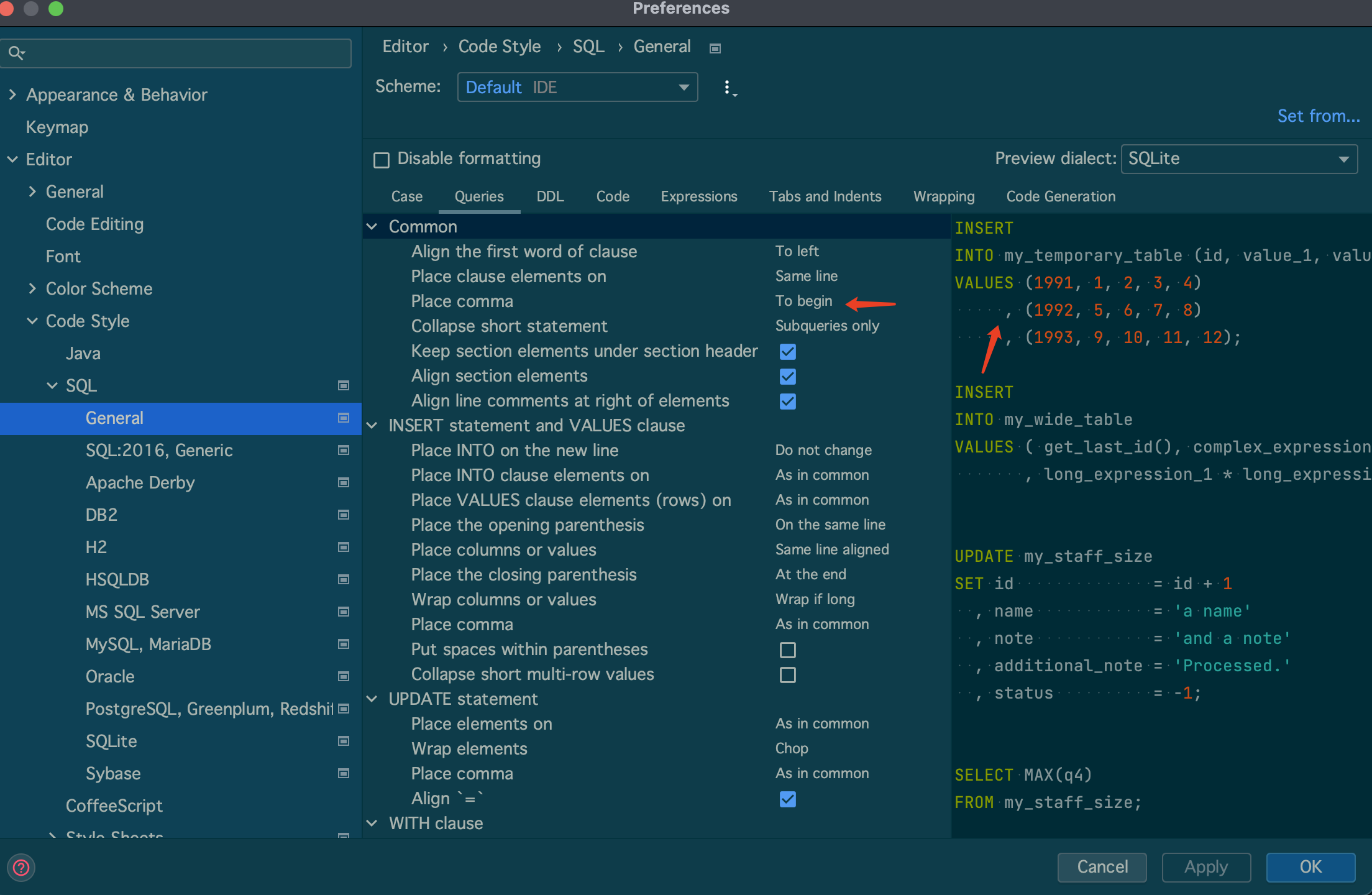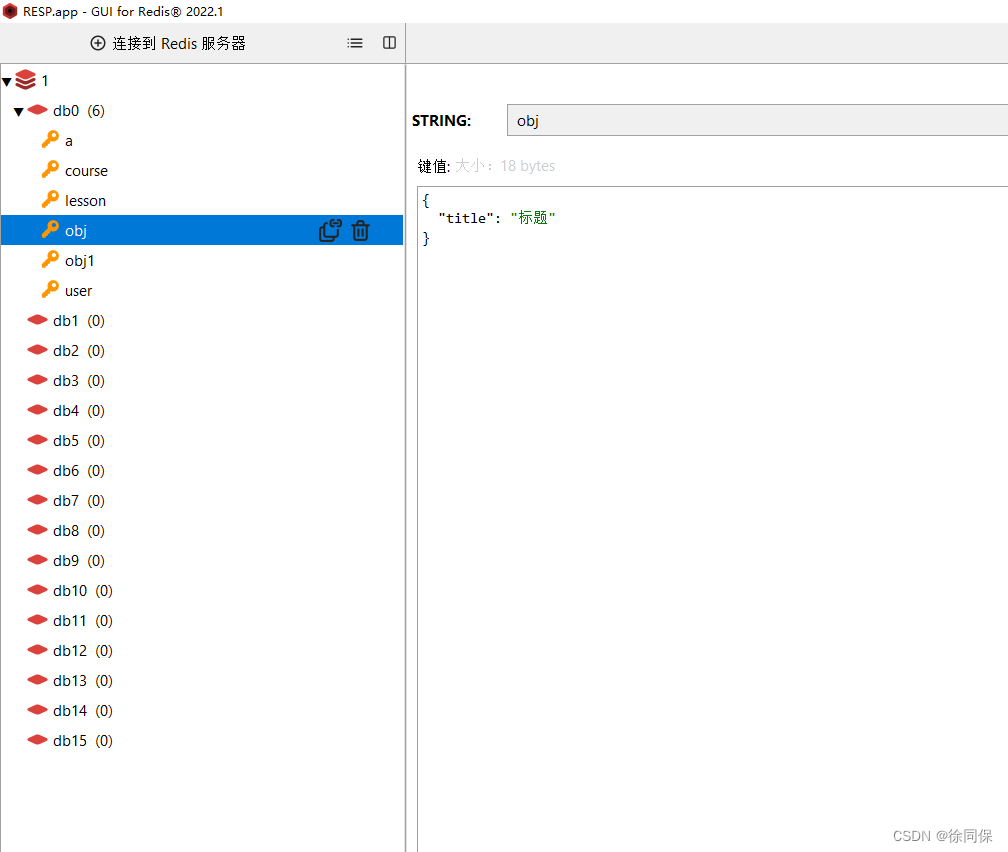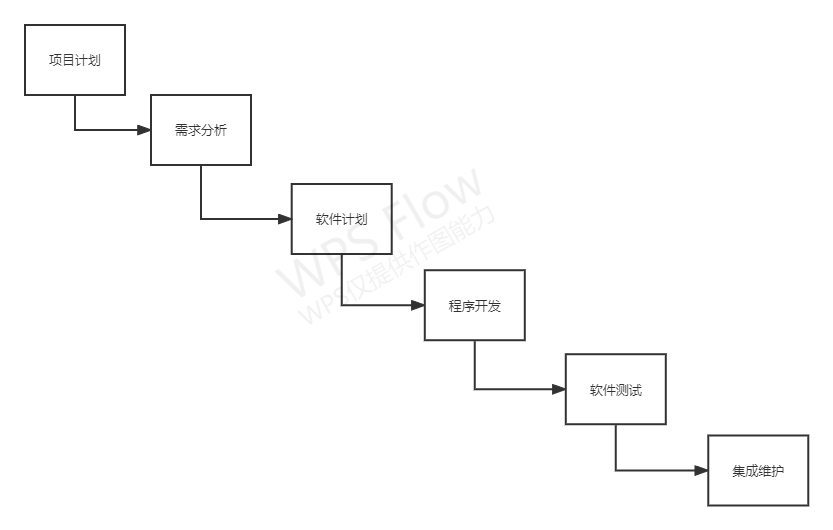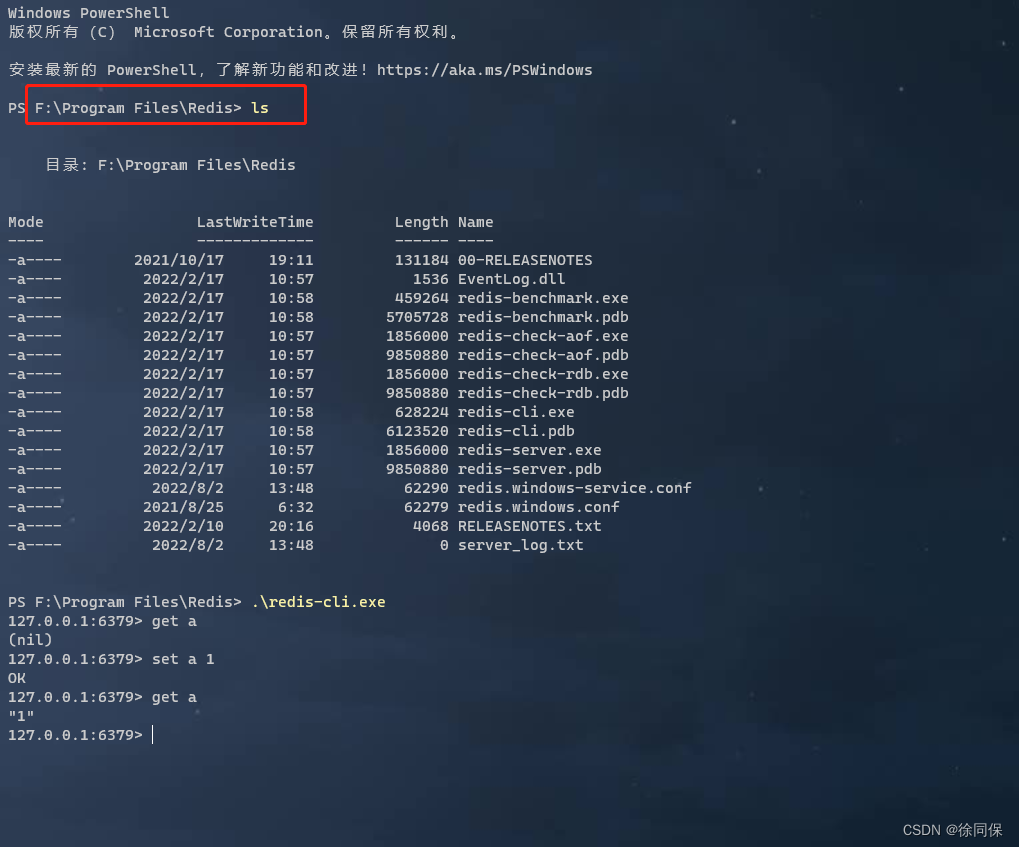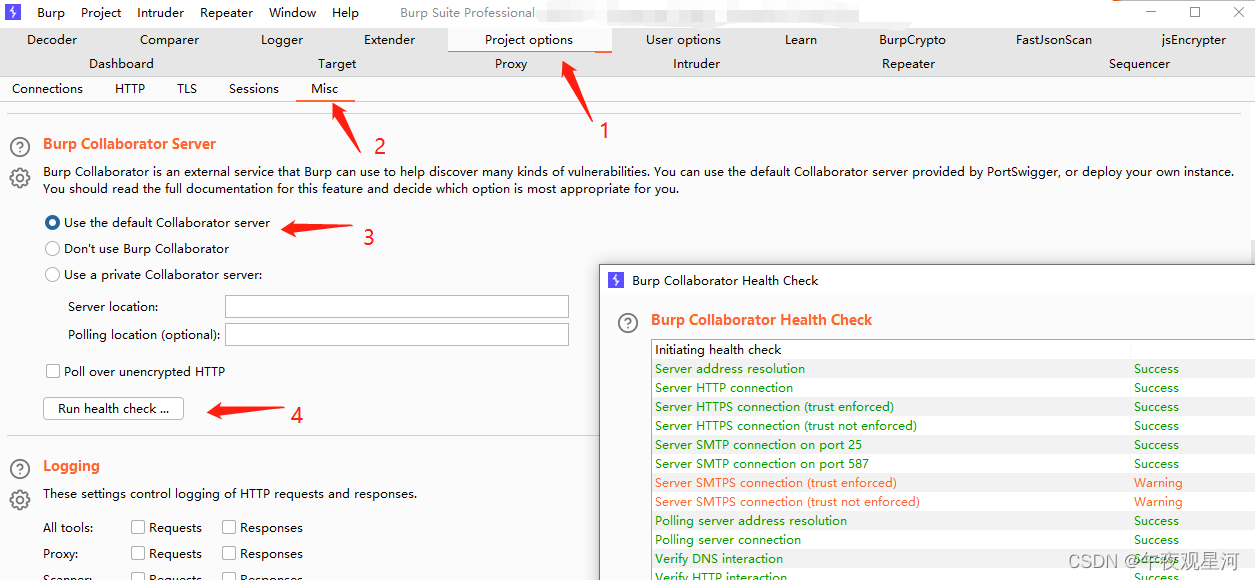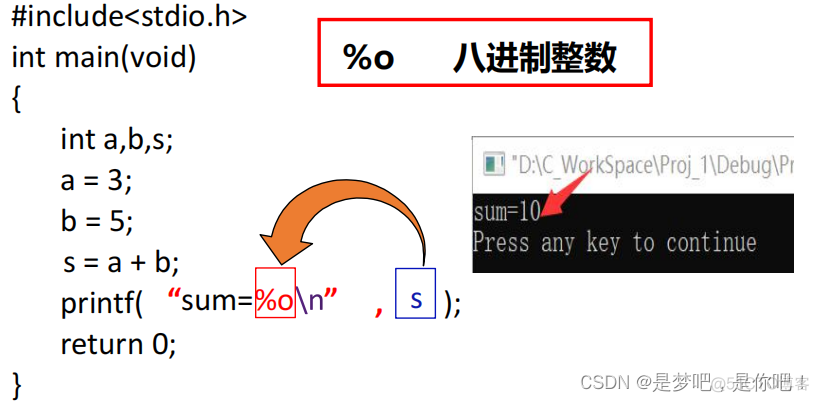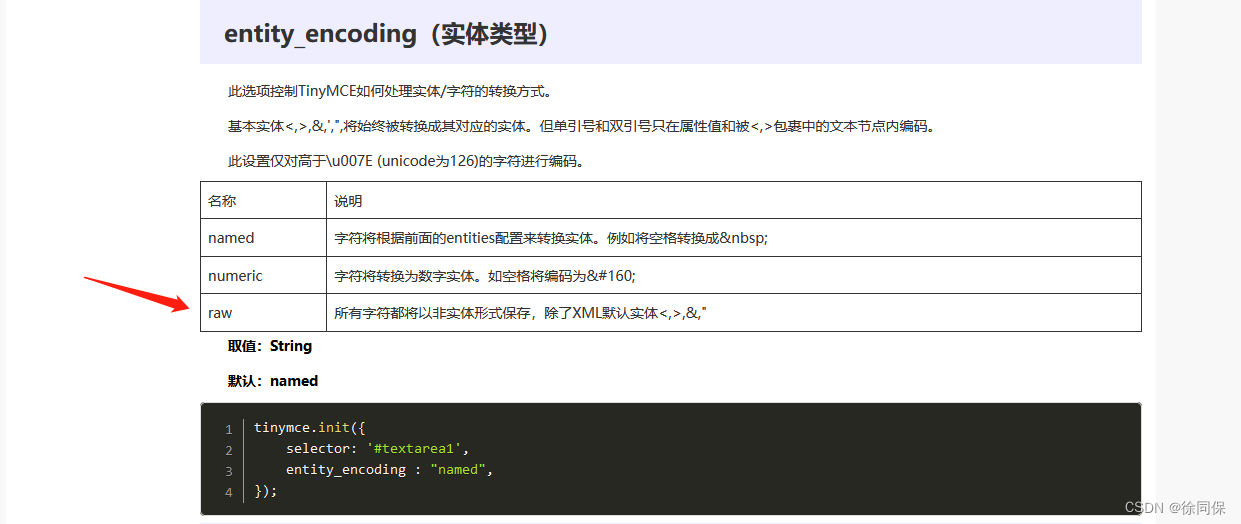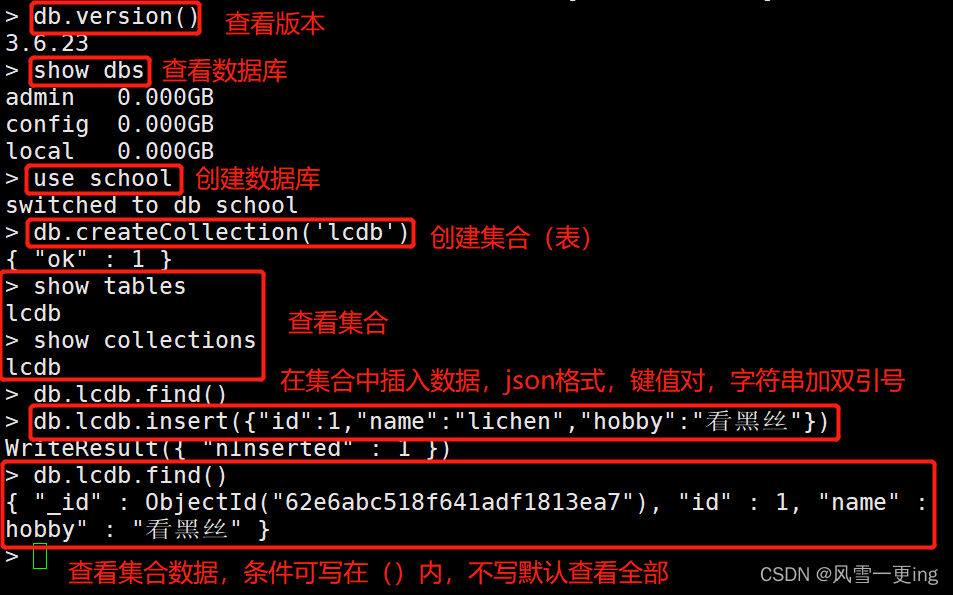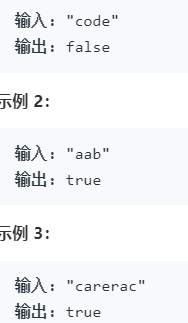当前位置:网站首页>5.PCIe官方示例
5.PCIe官方示例
2022-08-05 00:41:00 【jjinl】
官方提供3个使用PCIe的例子。第一个比较简单,我把例化参数剔除,整个文件结构如下:
module top_basic (/*AUTOARG*/
// Outputs
hdoutp, hdoutn, pll_lk, poll, l0, dl_up, usr0, usr1, usr2, usr3,
na_pll_lk, na_poll, na_l0, na_dl_up, na_usr0, na_usr1, na_usr2,
na_usr3, led_out, dp, TP,
// Inputs
rstn, FLIP_LANES, LED_INV, refclkp, refclkn, hdinp, hdinn,
dip_switch
);
....
led_status led (....); // Templated
pcie2_core pcie (..... );
ip_rx_crpr #(.c_DATA_WIDTH (c_DATA_WIDTH)) cr (....);
ip_crpr_arb crarb (.....); // Templated
UR_gen #(.c_DATA_WIDTH (c_DATA_WIDTH)) ur (.......); // Templated
ip_tx_arbiter #(.c_DATA_WIDTH (c_DATA_WIDTH)) tx_arb (.....);
wb_tlc #(.c_DATA_WIDTH(c_DATA_WIDTH)) wb_tlc (.....); // Templated
wb_arb #(.c_DATA_WIDTH(c_DATA_WIDTH),
.S0_BASE (32'h0000),
.S1_BASE (32'h4000),
.S2_BASE (32'h1000),
.S3_BASE (32'h5000))
wb_arb (.....);
wbs_gpio gpio (......); // Templated
wbs_32kebr #(.c_DATA_WIDTH(c_DATA_WIDTH),
.init_file("none"))
ebr (......); // Templated
endmodule这个文件里面调用几个IP,分别是led_status、pcie2_core、ip_rx_crpr、ip_crpr_arb、UR_gen、ip_tx_arbiter、wb_tlc、wb_arb、wbs_gpio、wbs_32kebr.连接框图如下:
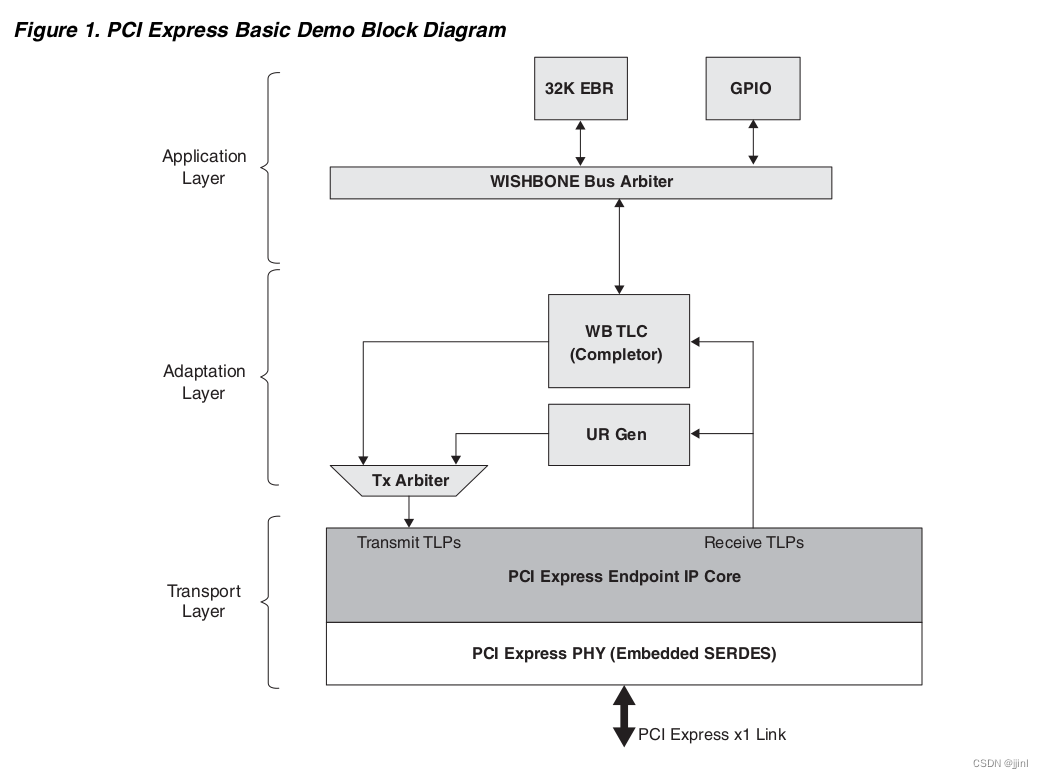
上图中PCIe发来的TLP包送到UR Gen模块和WB TLC模块,WB TLC接收自己感兴趣的包,并转换为wishbone总线接口,产生读写时序到wishbone总线仲裁模块wishbone bus arbiter,仲裁器根据读写数据的地址操作对应的wishbone从设备,从设备返回的数据通过wb tlc打包成tlp包,再通过tx arbiter发送到PCIe EP,之后上传到上位机。UR Gen模块在这里主要是处理wb_tlc模块不感兴趣的包,回复完成报文并标识不支持的TLP包。
先挑简单文件看看,打开Tx Arbiter文件ip_tx_arbiter.v,内容如下:
// $Id: ip_tx_arbiter.v,v 1.1.1.1 2008/07/01 17:34:22 jfreed Exp $
module ip_tx_arbiter #(parameter c_DATA_WIDTH = 64) (/*AUTOARG*/
// Outputs
tx_rdy_0, tx_rdy_1, tx_rdy_2, tx_rdy_3, tx_req, tx_dout, tx_sop,
tx_eop, tx_dwen,
// Inputs
clk, rstn, tx_val, tx_req_0, tx_din_0, tx_sop_0, tx_eop_0,
tx_dwen_0, tx_req_1, tx_din_1, tx_sop_1, tx_eop_1, tx_dwen_1,
tx_req_2, tx_din_2, tx_sop_2, tx_eop_2, tx_dwen_2, tx_req_3,
tx_din_3, tx_sop_3, tx_eop_3, tx_dwen_3, tx_rdy
);
input clk;
input rstn;
input tx_val;
input tx_req_0;
input [c_DATA_WIDTH-1:0] tx_din_0;
input tx_sop_0;
input tx_eop_0;
input tx_dwen_0;
output tx_rdy_0;
input tx_req_1;
input [c_DATA_WIDTH-1:0] tx_din_1;
input tx_sop_1;
input tx_eop_1;
input tx_dwen_1;
output tx_rdy_1;
input tx_req_2;
input [c_DATA_WIDTH-1:0] tx_din_2;
input tx_sop_2;
input tx_eop_2;
input tx_dwen_2;
output tx_rdy_2;
input tx_req_3;
input [c_DATA_WIDTH-1:0] tx_din_3;
input tx_sop_3;
input tx_eop_3;
input tx_dwen_3;
output tx_rdy_3;
output tx_req;
output [c_DATA_WIDTH-1:0] tx_dout;
output tx_sop;
output tx_eop;
output tx_dwen;
input tx_rdy;
reg tx_req;
reg [c_DATA_WIDTH-1:0] tx_dout;
reg tx_sop;
reg tx_eop;
reg tx_dwen;
reg tx_rdy_0;
reg tx_rdy_1;
reg tx_rdy_2;
reg tx_rdy_3;
reg [1:0] rr;
reg tx_rdy_p;
reg tx_rdy_p2;
always @(/*AUTOSENSE*/rr or tx_din_0 or tx_din_1 or tx_din_2
or tx_din_3 or tx_dwen_0 or tx_dwen_1 or tx_dwen_2
or tx_dwen_3 or tx_eop_0 or tx_eop_1 or tx_eop_2
or tx_eop_3 or tx_rdy or tx_req_0 or tx_req_1 or tx_req_2
or tx_req_3 or tx_sop_0 or tx_sop_1 or tx_sop_2
or tx_sop_3)
begin
case (rr)
2'b00: begin // Service 0
tx_req <= tx_req_0;
tx_dout <= tx_din_0;
tx_sop <= tx_sop_0;
tx_eop <= tx_eop_0;
tx_dwen <= tx_dwen_0;
tx_rdy_0 <= tx_rdy;
tx_rdy_3 <= 1'b0;
tx_rdy_2 <= 1'b0;
tx_rdy_1 <= 1'b0;
end
2'b01: begin // Service 1
tx_req <= tx_req_1;
tx_dout <= tx_din_1;
tx_sop <= tx_sop_1;
tx_eop <= tx_eop_1;
tx_dwen <= tx_dwen_1;
tx_rdy_1 <= tx_rdy;
tx_rdy_3 <= 1'b0;
tx_rdy_2 <= 1'b0;
tx_rdy_0 <= 1'b0;
end
2'b10: begin // Service 2
tx_req <= tx_req_2;
tx_dout <= tx_din_2;
tx_sop <= tx_sop_2;
tx_eop <= tx_eop_2;
tx_dwen <= tx_dwen_2;
tx_rdy_2 <= tx_rdy;
tx_rdy_3 <= 1'b0;
tx_rdy_1 <= 1'b0;
tx_rdy_0 <= 1'b0;
end
2'b11: begin // Service 3
tx_req <= tx_req_3;
tx_dout <= tx_din_3;
tx_sop <= tx_sop_3;
tx_eop <= tx_eop_3;
tx_dwen <= tx_dwen_3;
tx_rdy_3 <= tx_rdy;
tx_rdy_2 <= 1'b0;
tx_rdy_1 <= 1'b0;
tx_rdy_0 <= 1'b0;
end
default: begin
end
endcase
end // always @ (...
// mux control
always @(posedge clk or negedge rstn)
begin
if (~rstn) begin
rr <= 2'b00;
tx_rdy_p <= 1'b0;
tx_rdy_p2 <= 1'b0;
end
else begin
tx_rdy_p <= tx_rdy; // use pipe of tx_rdy to account for getting the tx_end through
tx_rdy_p2 <= tx_rdy_p;
if (tx_val && ~tx_rdy_p2 && ~tx_rdy_p && ~tx_rdy) begin
if (tx_req_0 && ~tx_req) rr <= 2'b00;
else if (tx_req_1 && ~tx_req) rr <= 2'b01;
else if (tx_req_2 && ~tx_req) rr <= 2'b10;
else if (tx_req_3 && ~tx_req) rr <= 2'b11;
end
end // else: !if(~rstn)
end // always @ (posedge clk or negedge rstn)
endmodule
这个文件实现4选一输出的功能
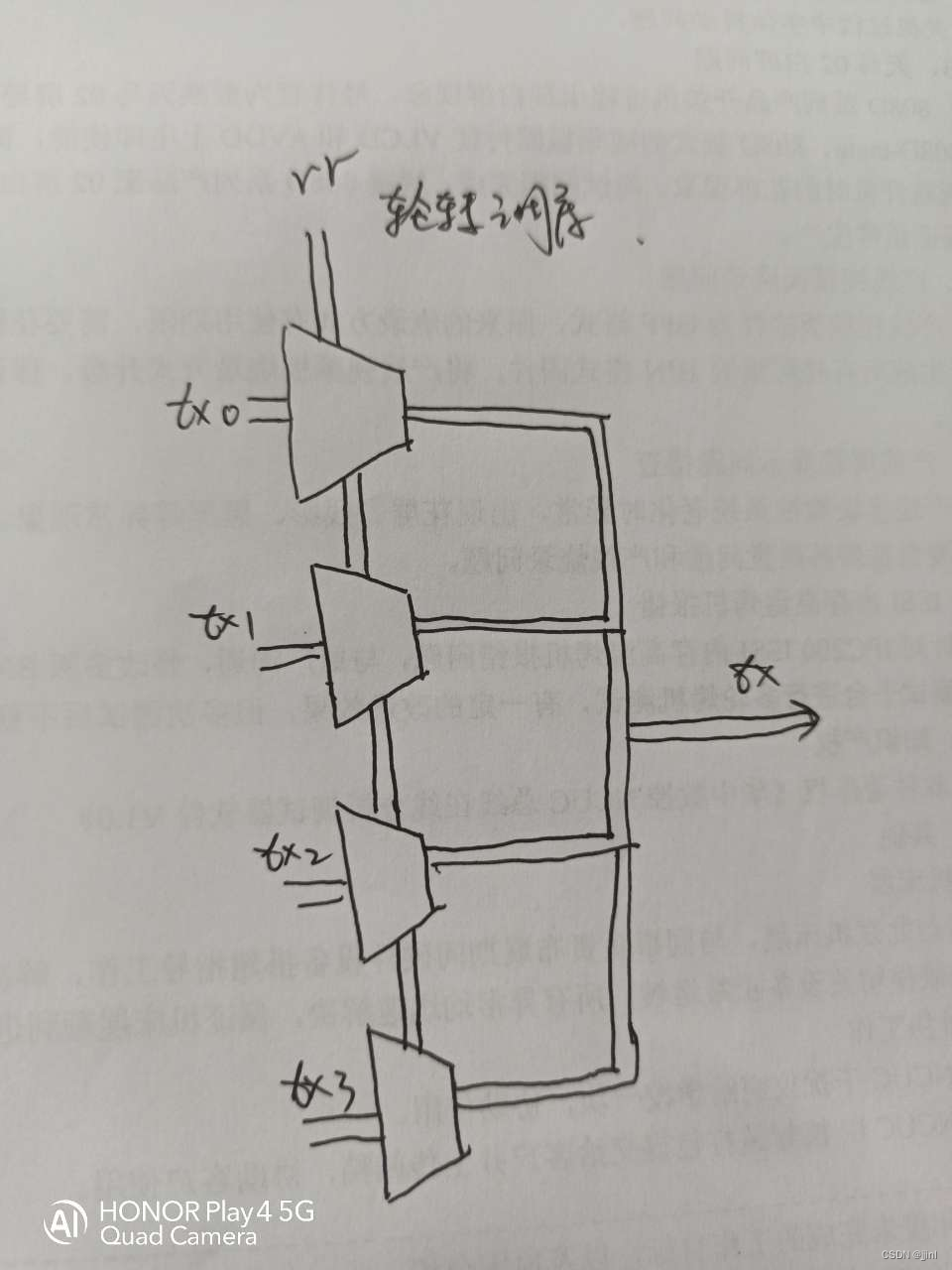
本来想使用综合工具 查看RTL,生成的RTL太复杂,我把总线宽度从64改为4后生成RTL视图如下:
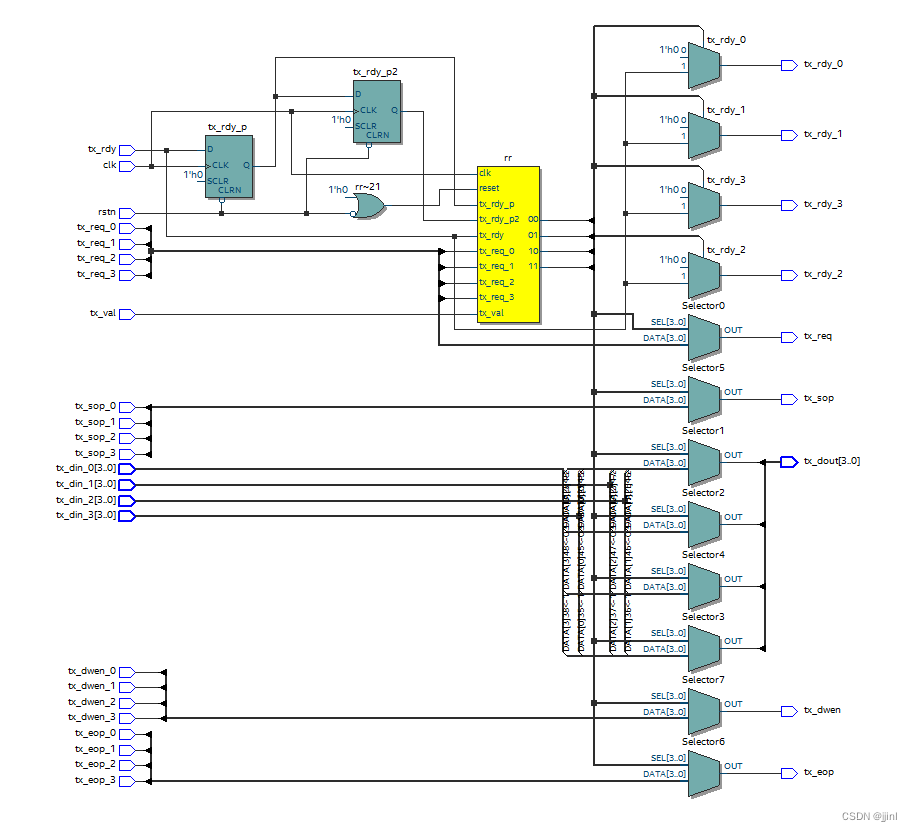
边栏推荐
- 数据类型-整型(C语言)
- FSAWS 的全球基础设施和网络
- 软件测试面试题:一套完整的测试应该由哪些阶段组成?
- Software testing interview questions: What are the seven-layer network protocols?
- could not build server_names_hash, you should increase server_names_hash_bucket_size: 32
- Software testing interview questions: What are the three modules of LoadRunner?
- [230]连接Redis后执行命令错误 MISCONF Redis is configured to save RDB snapshots
- redis可视化管理软件Redis Desktop Manager2022
- 软件测试面试题:软件验收测试的合格通过准则?
- 软件测试面试题:手工测试与自动测试有哪些区别?
猜你喜欢
随机推荐
After the staged testing is complete, have you performed defect analysis?
简单的顺序结构程序(C语言)
Software Testing Interview Questions: What do test cases usually include?
软件测试面试题:测试生命周期,测试过程分为几个阶段,以及各阶段的含义及使用的方法?
node使用redis
2022杭电多校第三场 L题 Two Permutations
ORA-00257
could not build server_names_hash, you should increase server_names_hash_bucket_size: 32
EL定时刷新页面中的皕杰报表实例
ora-00604 ora-02429
Software Testing Interview Questions: What Are the Types of Software Testing?
oracle创建用户
软件测试面试题:做好测试计划的关键是什么?
【Unity编译器扩展之进度条】
JUC线程池(一): FutureTask使用
翁恺C语言程序设计网课笔记合集
[230]连接Redis后执行命令错误 MISCONF Redis is configured to save RDB snapshots
ora-01105 ora-03175
Matlab uses plotting method for data simulation and simulation
Software Testing Interview Questions: About Automated Testing Tools?
